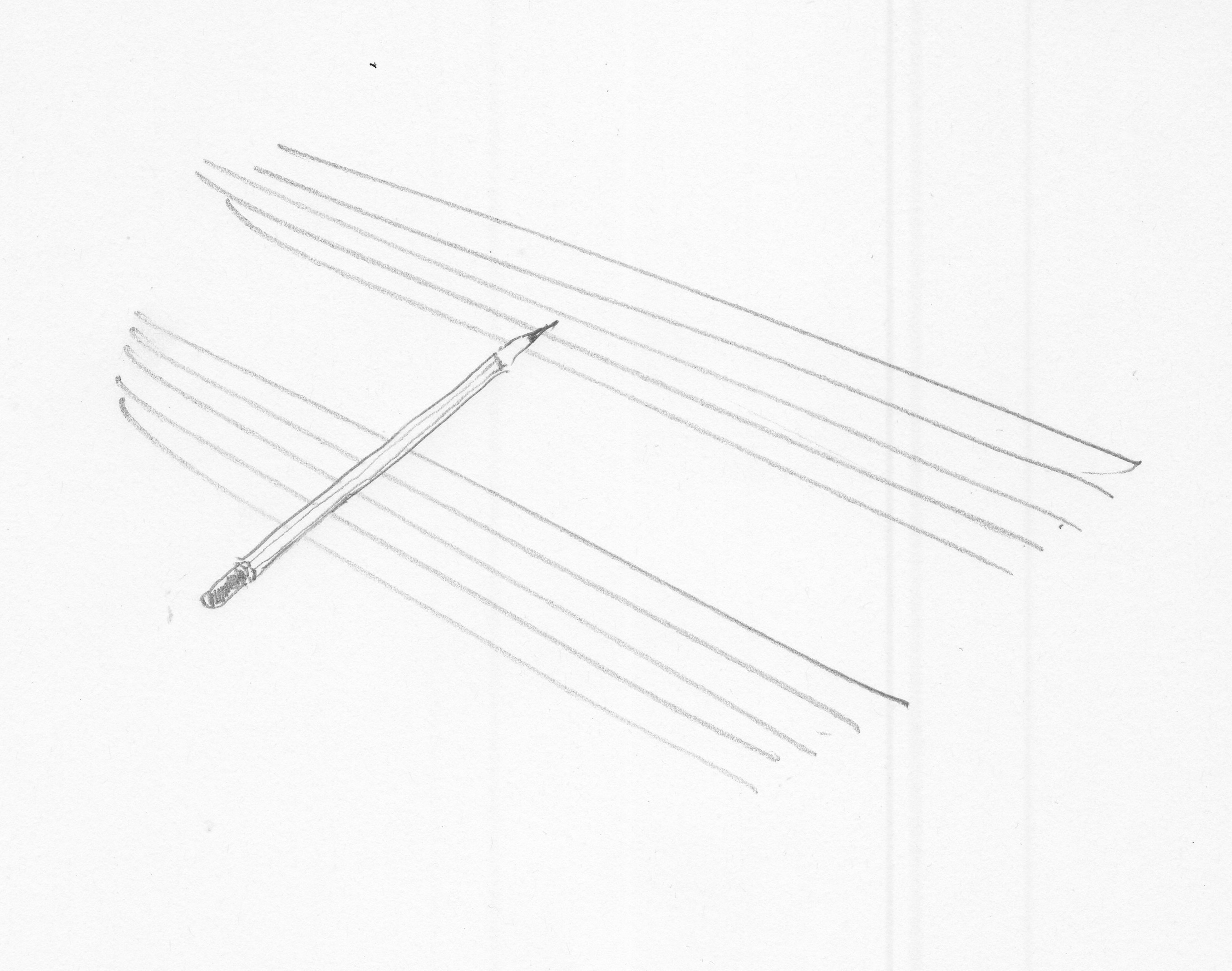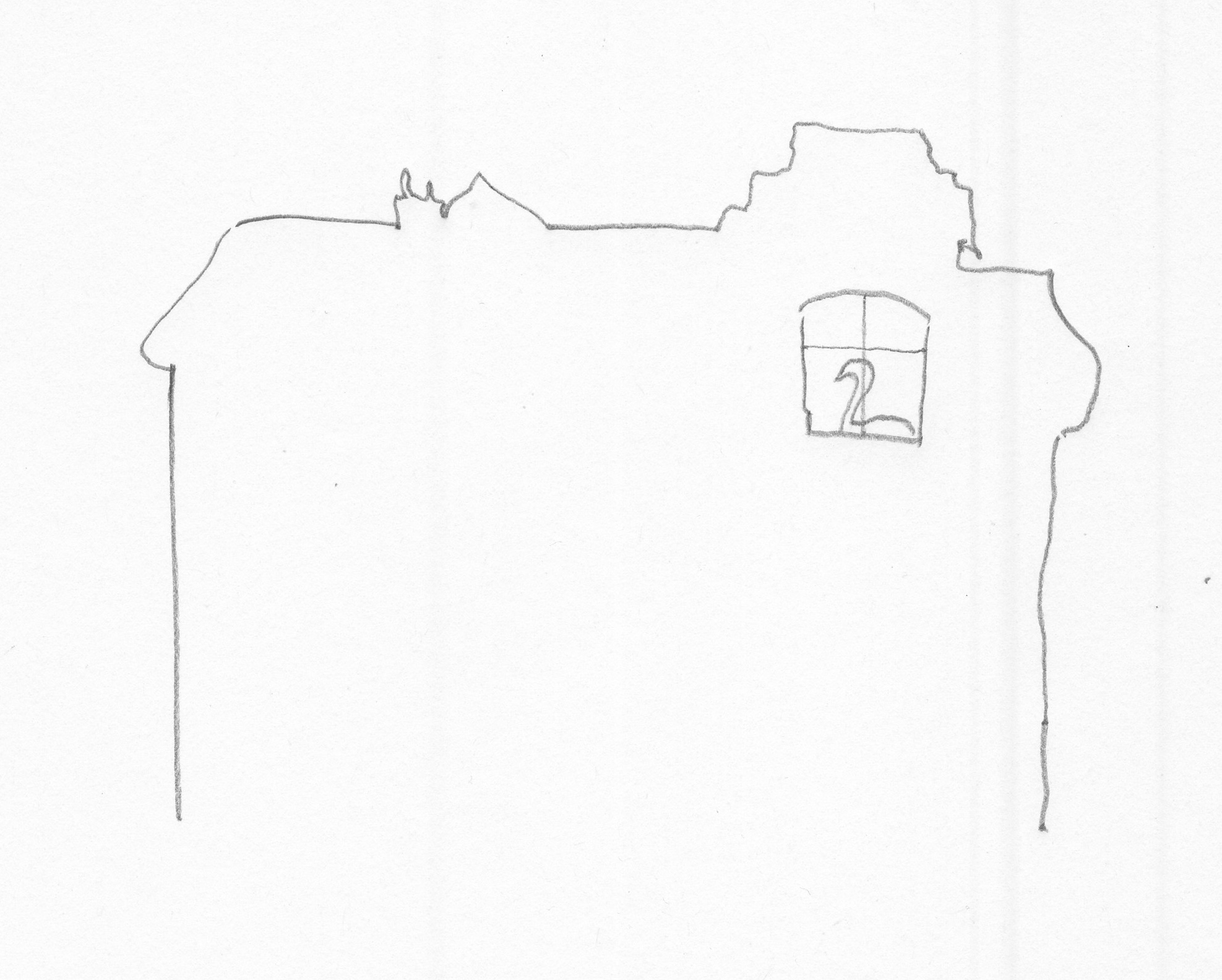 This daily composition thing is curious; you look at a year ahead and think, ‘no way.’ But days go by, and if you can find an hour or so each day to be at the piano (or even not at the piano, when there isn’t one) with a pencil in hand and the manuscript book open, gradually you cover pages and the ideas seem to appear and it’s a habit, a bit like practice.
This daily composition thing is curious; you look at a year ahead and think, ‘no way.’ But days go by, and if you can find an hour or so each day to be at the piano (or even not at the piano, when there isn’t one) with a pencil in hand and the manuscript book open, gradually you cover pages and the ideas seem to appear and it’s a habit, a bit like practice.
I’ve said already how 2016’s daily composition routine came out of a wish to forget or to make amends for a silly drunken New Year’s Eve. This time it’s different; January 1 simply dawned and I thought, ‘perhaps I’ll start writing again.’ I was clear of head because I’d drunk absolutely nothing on 31 December. Also, last year all I wrote was a piece for solo trombone that Simone de Haan had sought. Something very different, and something I’d not done before, but a good experience (and Simone liked it! Best news).
So today’s the eleventh, meaning we’ve ten tunes in the book. Here they are.
compositions 1-10.i.18 (NB I don’t know why, but no link ending in .pdf seems to work in my Safari. Sorry about that, if it’s your problem too.)
Each day you start, and think, ‘what have I got?’ The only proviso is that today’s should ideally not resemble yesterday’s, although you can see for yourself whether or not this is borne out.
My favourite at the moment among these tunes is probably no. 8, where I haven’t regularised the changes for improvisation but hope to leave them falling as they do in the head. Of course, favourites can change…
10/i/2018
 Something curious happened this week; I was reminded, quite out of the blue, of a piece I composed at the turn of the century and had put aside, moved on from, largely forgotten about. It was a bit of an event at the time because I had been awarded an Ian Potter Music Commission in order to write it, and even applying for such a thing is way out of character for me. There was a presentation ceremony for commissioned composers at the University of Melbourne – and Lady Potter AC was there, and I met her. She was wearing a pair of dark green tartan trousers. Obviously I was looking at her feet. I mean imagine. I negotiated for a premiere performance at the 2002 Wangaratta Festival of Jazz and Blues, and the festival’s then artistic director, Adrian Jackson, was superbly encouraging about the whole thing, even in its inchoate vagueness and uncertainty.
Something curious happened this week; I was reminded, quite out of the blue, of a piece I composed at the turn of the century and had put aside, moved on from, largely forgotten about. It was a bit of an event at the time because I had been awarded an Ian Potter Music Commission in order to write it, and even applying for such a thing is way out of character for me. There was a presentation ceremony for commissioned composers at the University of Melbourne – and Lady Potter AC was there, and I met her. She was wearing a pair of dark green tartan trousers. Obviously I was looking at her feet. I mean imagine. I negotiated for a premiere performance at the 2002 Wangaratta Festival of Jazz and Blues, and the festival’s then artistic director, Adrian Jackson, was superbly encouraging about the whole thing, even in its inchoate vagueness and uncertainty.
I had proposed a song cycle on text by Patrick White, taken from his novel The Eye of the Storm. Described as ‘a 600-page death scene’, this novel demonstrates White’s peerless capacity to dissect character and motivation, examining dispassionately the points at which human beings meet and the many more frequent ones where they don’t, they can’t. From the six hundred pages I took eleven lines, and grouped them (three, then three, then three, then two) into four movements, which I entitled Four words of Elizabeth Hunter. An instrumental interlude fell between the last two sung movements and the piece occupied about forty minutes.
I had to get permission to use White’s words, so I wrote to his literary executrix, Barbara Mobbs, about whom I’d read in his biography and elsewhere. She was quick to reply and very happy to grant non-exclusive permission once she knew what I was on about.
The piece was begun when Sall and I lived in Sydney, and I made Freehand somewhere in the middle of it all, and then we came home and got married and found we were pregnant and it was a busy kind of time. It’s easy for me to see how I was a bit distracted once the first performance had been given – although we did give a second one at Bennetts Lane not long after, because the trio had a gig and it seemed a good chance. The ensemble was Shelley Scown (voice), Kynan Robinson (trombone), Ben Robertson (double bass), Dave Beck (drums) and me at the piano. I recall it had a pretty good notice in The Age from Jessica Nicholas – probably within a broader review of the festival as a whole, but once it was done I sort of shelved it.
My recollection of the piece was of a modest success, something attempted but not quite pulled off, a point on the road that was getting me to where I could feel more secure and happy about what I was doing. It was admittedly a pretty bizarre project; scored for voice, trombone, piano, bass and drums it was without precedent in my composed work and being a setting of prose by our sole Nobel laureate in literature it stood far away from the tunes or improvisations for piano or trio that had gone before.
The recollecting construction of one’s career or one’s works can be off the mark, and it’s possible to settle for an interpretation that misses a point or two. I don’t know what exactly it was that I remembered about Four words but when I was reminded of it I resolved to get the CD out and play it once again, just to check what went on. The ABC had recorded the Cup Eve Concert, where the piece was first performed, and Jim McLeod presented it on one of his programs a little later. I recall that this was broadcast late at night, although I can’t be absolutely sure of that now.
The CD was in one of those slim cases that don’t give away their contents so it took a moment or two to find it. But once I did, I put it on. Here is the first movement.
I played this and found I had forgotten most of the details. Some of the writing surprised me, and the fact that I could play some of it surprised me even more. I found myself entirely seduced by Shelley’s voice, which should have come as no surprise except that I had forgotten just how extraordinarily good she sounded singing this, and the recollection of the band as a whole socked me right in the bread basket, as they say. All at once I remembered being in the Town Hall at Wang, the way it used to be, the grand piano there; I remembered the heat and the hay fever, remembered lunching with Shell in the main street – it was almost overwhelming.
When you go back to something you’d forgotten and find it’s kind of good, you feel a bit silly because surely it should have stayed present, you should have had a bit more faith in it, whatever. But: you put it aside. Maybe you felt guilty at how much time you’d spent on it. Maybe you thought it couldn’t be all that flash because the medium was so unfamiliar. Maybe the unusualness of a Cup Eve Concert, an Actual Commission, made your out-of-place-ness have you opt for withdrawal. But now you find it again and it’s enormously encouraging, consoling, all that. As a result I’m in the process of getting a new band together so we can play it again, and I’m feeling really excited about it.
So also, while I’m here: a very Merry Christmas – to both my readers.
10/xii/2017
 This daily composition thing is curious; you look at a year ahead and think, ‘no way.’ But days go by, and if you can find an hour or so each day to be at the piano (or even not at the piano, when there isn’t one) with a pencil in hand and the manuscript book open, gradually you cover pages and the ideas seem to appear and it’s a habit, a bit like practice.
This daily composition thing is curious; you look at a year ahead and think, ‘no way.’ But days go by, and if you can find an hour or so each day to be at the piano (or even not at the piano, when there isn’t one) with a pencil in hand and the manuscript book open, gradually you cover pages and the ideas seem to appear and it’s a habit, a bit like practice.